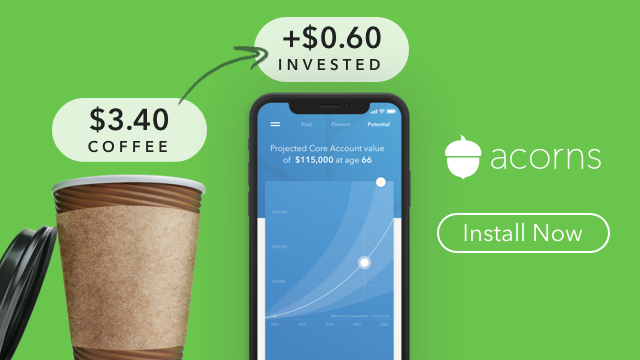Intrinsic Definition - Why you should care
Intrinsic vs. Extrinsic
If you are interested in trading options there are several terms and definitions you should be clear about before you start.
Intrinsic Value
Like we mentioned the option’s price involves two key parts: intrinsic and extrinsic value. Looking into the world of intrinsic/extrinsic value regarding options trading involves knowing the intrinsic definition and the definition of extrinsic, as well as it’s operation in this trading methodology. Therefore, what does Intrinsic mean? Intrinsic value, to put simply, is the built-in value of “in” the money options. It is mainly, the difference between the underlying stock price and the options “in” the money strike price. To understand the intrinsic value helps you to determine outcomes with your options strategies profit and loss. A good example of the definition of intrinsic involves a stock trading at $50 and a $45 call option (30 days), selling at $6.50, making that option have a $5 intrinsic value and the remaining $1.50 is the time value (“extrinsic”).
Extrinsic Value
Extrinsic value is the amount that an option premium exceeds the intrinsic value. It is the return that sellers or option writers demand in return for bearing the risk of loss. Using the same scenario from the intrinsic value: $6.50 premium - $5 intrinsic value - $1.50 of extrinsic value. Most options have extrinsic value all the way up until expiration date and only in the money options have intrinsic value. To note, the extrinsic value of the option will always go to $0 at expiration.
What are the pros and cons of “intrinsic/extrinsic” value regarding options trading:
Pros
- there is leverage in investments
- there are large numbers of option combinations due to exercise prices and expiration dates
- you can create options, as well as to buy them
- there is limited potential risk
Cons
- call and put option pricing models carry complex components
- time is not on your side – option’s expire
- you can be “at-the-money,” (“ATM”); “in-the-money” (“ITM”); or “out-of-the-money” (“OTM”) of the money – choosing an exercise or strike price will affect the call option’s behavior in the future.
At The Money
ATM call is when the underlying stock or security price is the same as the strike price
In The Money
ITM call is when the underlying stock or security price is greater than the strike price.
Out of The Money
OTM call is when the underlying stock/security price is less than the strike price. However, with “puts”, they work in the opposite.
An option’s price is further determined by the following:
- strike price
- current price of the underlying stock
- expiry days
- volatility
- interest rates and
- dividends in stock options
Call and Put Options
Further, let’s look at a define values “call option” and its role. A call option represents a contract between a seller and a buyer, it gives the holder the ability to purchase 100 shares of a specific stock at a strike price on or before the expiration date of an option. Buying call options makes sense when you think the price of the underlying stock will rise and buying put options if you think the price will fall. The exercise (“strike”) price is what you pay to buy or sell the underlying stock.
In Conclusion
To further define intrinsic values, it is noted that intrinsic is predictable – it is worth one point for every point that the option is in the money. Its value increases or decreases when the underlying stock changes and when the current stock and strike of the option value and times, comes closer together. The extrinsic value is the only type of premium that is not predictable. The time or extrinsic value premium declines very quickly, especially in its last couple of months expiry date. If volatility in the market increases dramatically so to will extrinsic values on option prices.
 Follow
Follow
